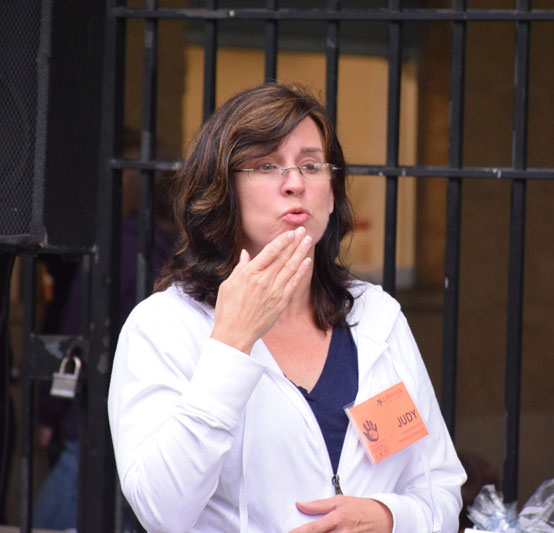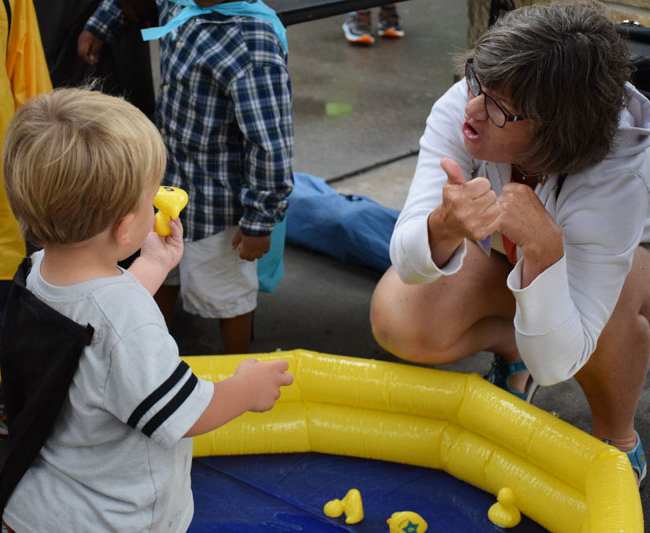Aural Habilitation/Rehabilitation
Aural habilitation refers to the plan to improve communication with young children who have not yet developed spoken language. Rehabilitation is sought to improve communication ability of those who have become deaf or hard of hearing after the development of spoken language. If your goal for your child is to maximize the use of hearing and even speech, it is important to begin communication, auditory training, and speech/language therapy as soon as possible.
Auditory Training
 Auditory training helps your child learn to attach meaning to the sounds around him/her. There is a general hierarchy of listening skills:
Auditory training helps your child learn to attach meaning to the sounds around him/her. There is a general hierarchy of listening skills:
- Detection: If a sound is present or absent.
- Discrimination: If sounds are the same or different.
- Identification/Recognition: If a child can label or identify what is heard.
- Comprehension: If a child can understand what is being said.
A child may learn speechreading as well as communication repair strategies. Adult use of “clear speech” will facilitate perception of speech.
Clear Speech
“Clear Speech” is the practice of pronouncing words as clearly as possible while speaking at a slightly slower rate. Observe the speech of your favorite news anchor. Notice how they speak at a moderate intensity and range, enunciate each word clearly, face the listener when talking, pause occasionally for emphasis processing, and alert the listener when changing topics.
 Use of clear speech by adults in a deaf or hard of hearing child’s world will facilitate that child’s ability to understand speech, as well model how that child should speak when he or she wants to be understood by others.
Use of clear speech by adults in a deaf or hard of hearing child’s world will facilitate that child’s ability to understand speech, as well model how that child should speak when he or she wants to be understood by others.
Some opportunities to practice using clear speech include:
- Reading together.
- Preparing food.
- Playing a board game or card game.
- Discussing planned events.
- Conversing about events enjoyed together.
